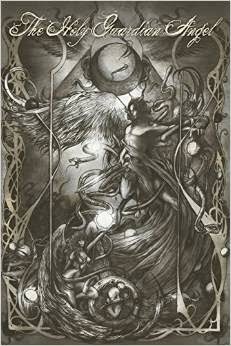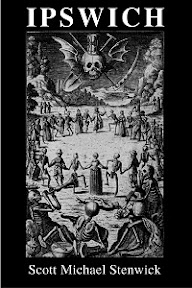Stories of the magical use of unicorn horns go back to the Middle Ages. The horns that still exist in museums come from the narwhal, a species of whale that like the mythological unicorn grows a single horn from the center of its forehead. As this article published in the Harvard Gazette back in 2005 explains, the horn of the narwhal is far more than a simple horn or tusk. According to researcher Martin Nweeia it is a complex organ for sensing the temperature, pressure, and composition of the water around it.
What's most interesting to me is that one of the principal uses of the unicorn horn in folklore is as a magical implement to detect poisons, and in fact when attached to a living narwhal it would be sensitive enough to chemicals in the water to do exactly that. So how did that particular bit of information make it into the stories? It seems like a remarkable coincidence that the narwhal would use its horn for the exact same purpose that magicians did, when the science of how the horn works was only recently discovered.
Ten million tiny nerve connections tunnel their way from the central nerve of the narwhal tusk to its outer surface. Though seemingly rigid and hard, the tusk is like a membrane with an extremely sensitive surface, capable of detecting changes in water temperature, pressure, and particle gradients. Because these whales can detect particle gradients in water, they are capable of discerning the salinity of the water, which could help them survive in their Arctic ice environment. It also allows the whales to detect water particles characteristic of the fish that constitute their diet. There is no comparison in nature in tooth form, expression, and functional adaptation.
"Why would a tusk break the rules of normal development by expressing millions of sensory pathways that connect its nervous system to the frigid arctic environment?" asks Nweeia. "Such a finding is startling and indeed surprised all of us who discovered it." Nweeia collaborated on this project with Frederick Eichmiller, director of the Paffenbarger Research Center at the National Institute of Standards and Technology, and James Mead, curator of Marine Mammals at the National Museum of Natural History of the Smithsonian Institution.
What's most interesting to me is that one of the principal uses of the unicorn horn in folklore is as a magical implement to detect poisons, and in fact when attached to a living narwhal it would be sensitive enough to chemicals in the water to do exactly that. So how did that particular bit of information make it into the stories? It seems like a remarkable coincidence that the narwhal would use its horn for the exact same purpose that magicians did, when the science of how the horn works was only recently discovered.

























No comments:
Post a Comment